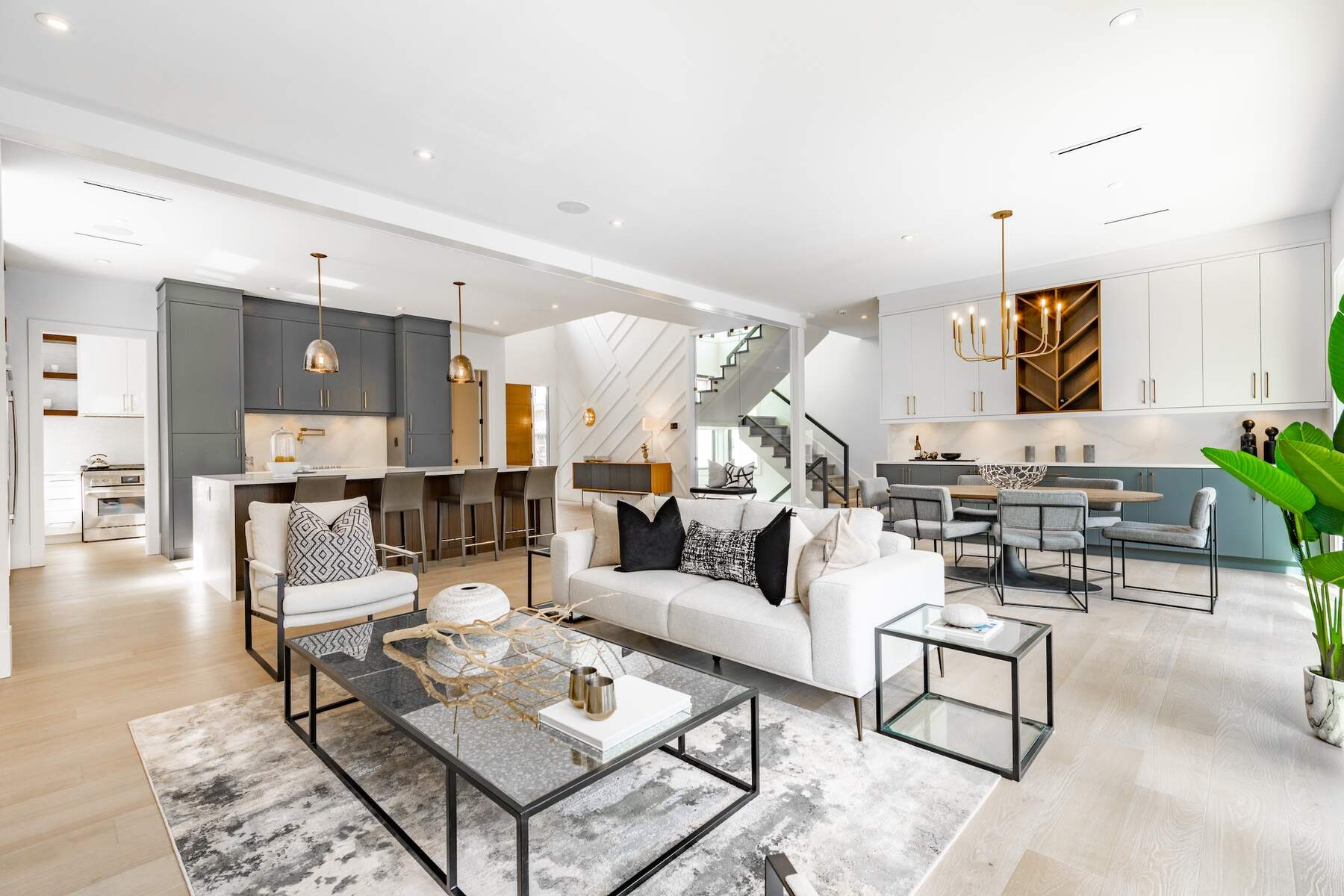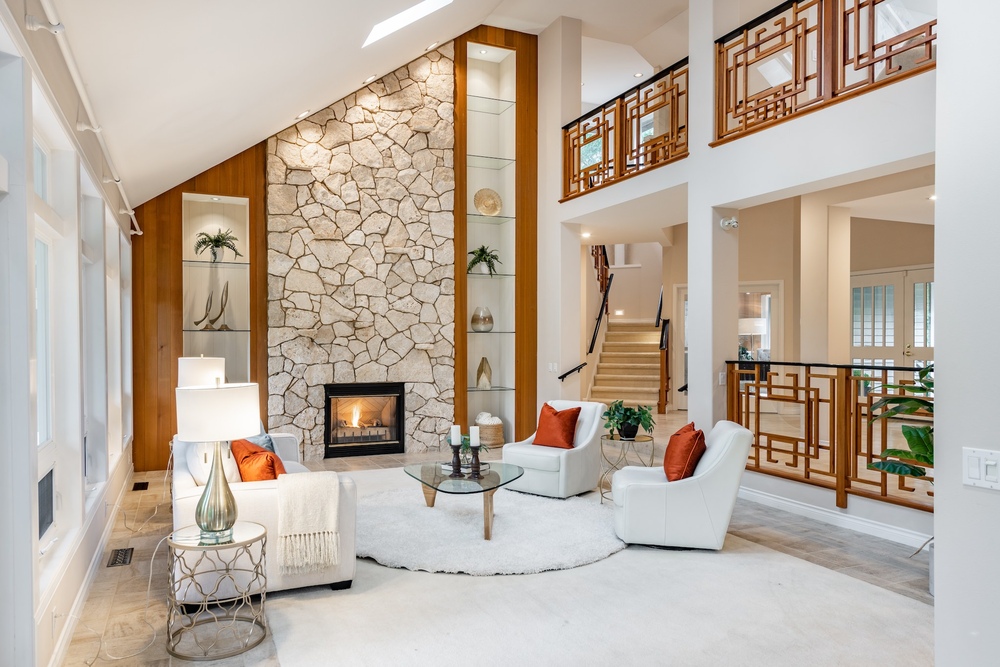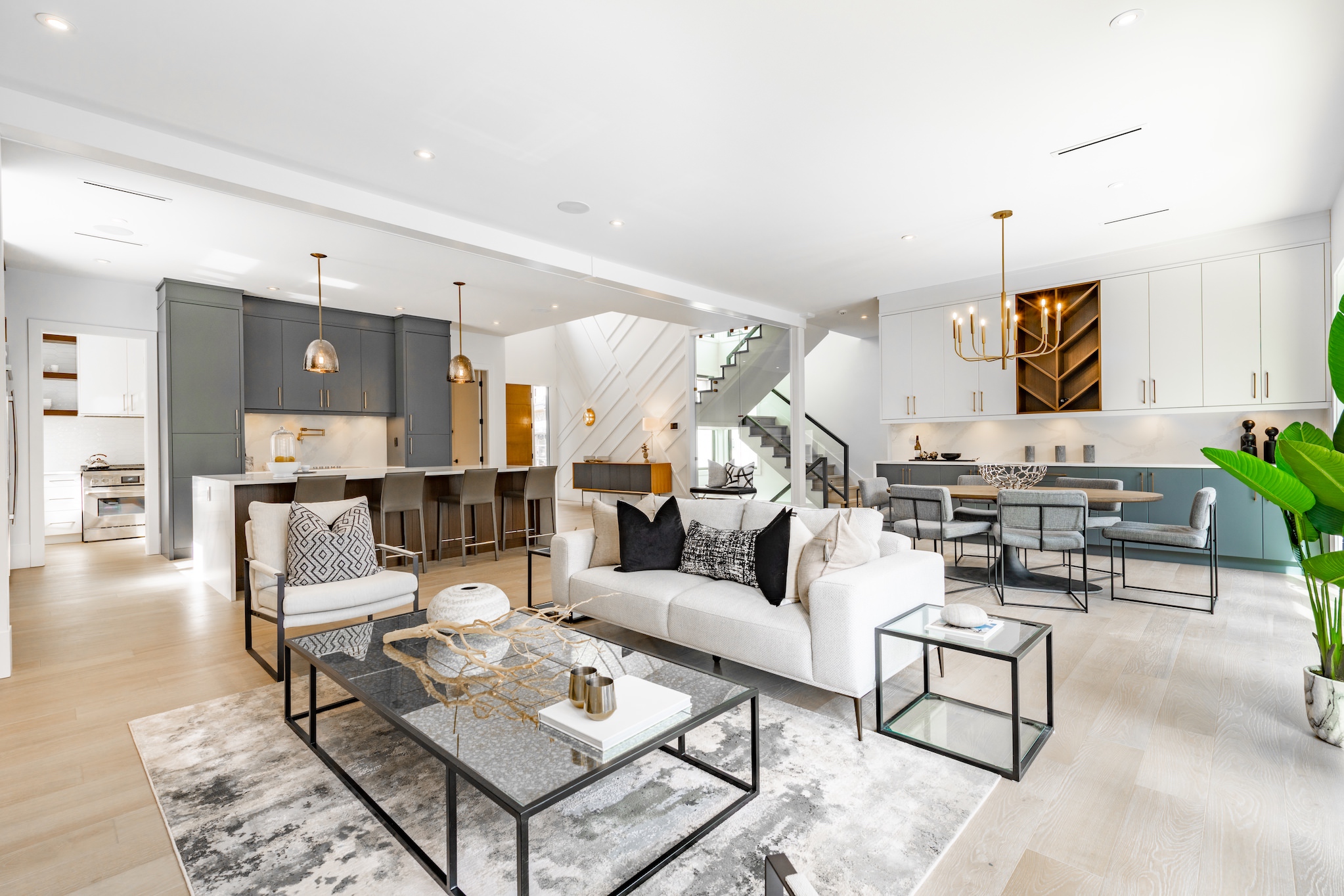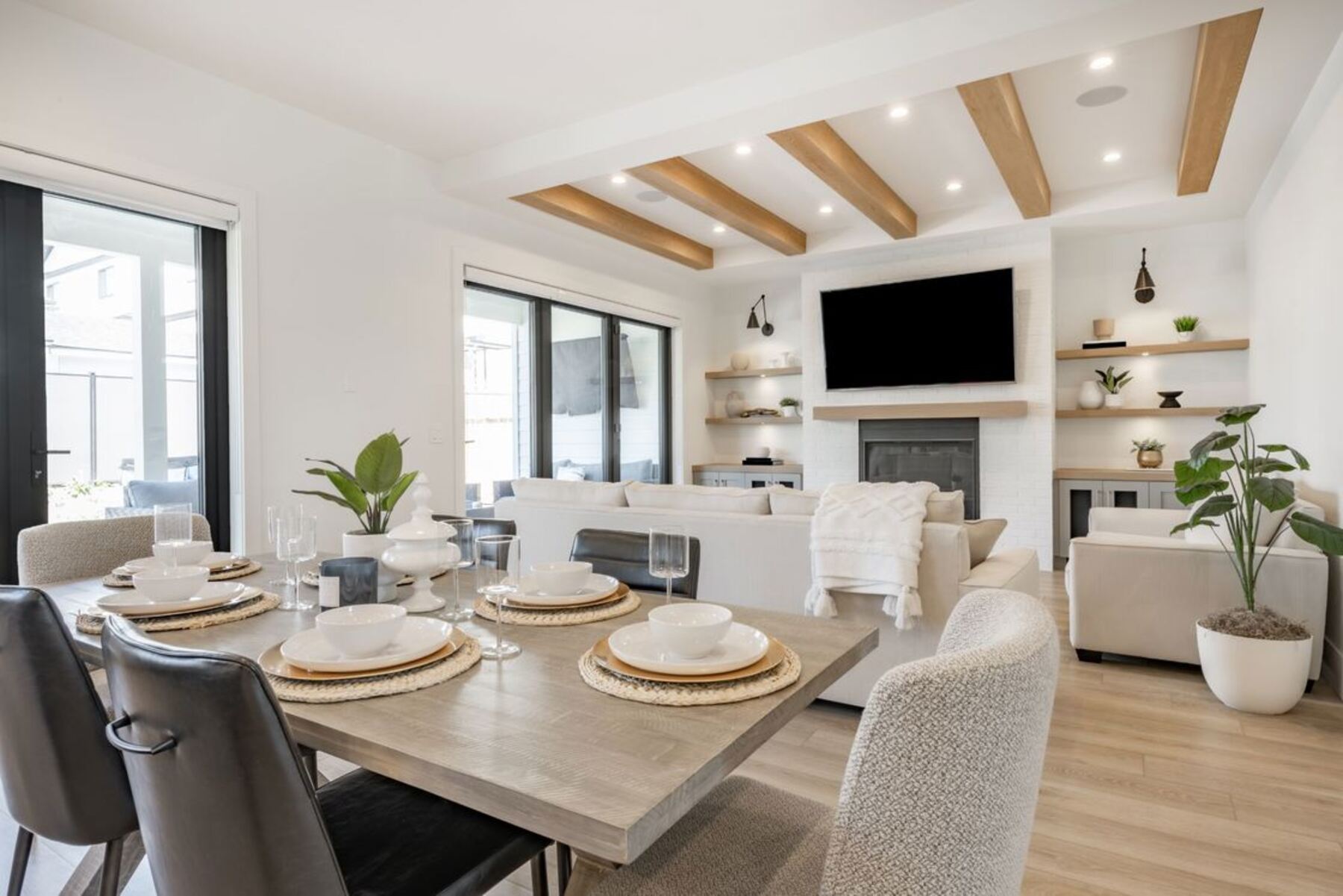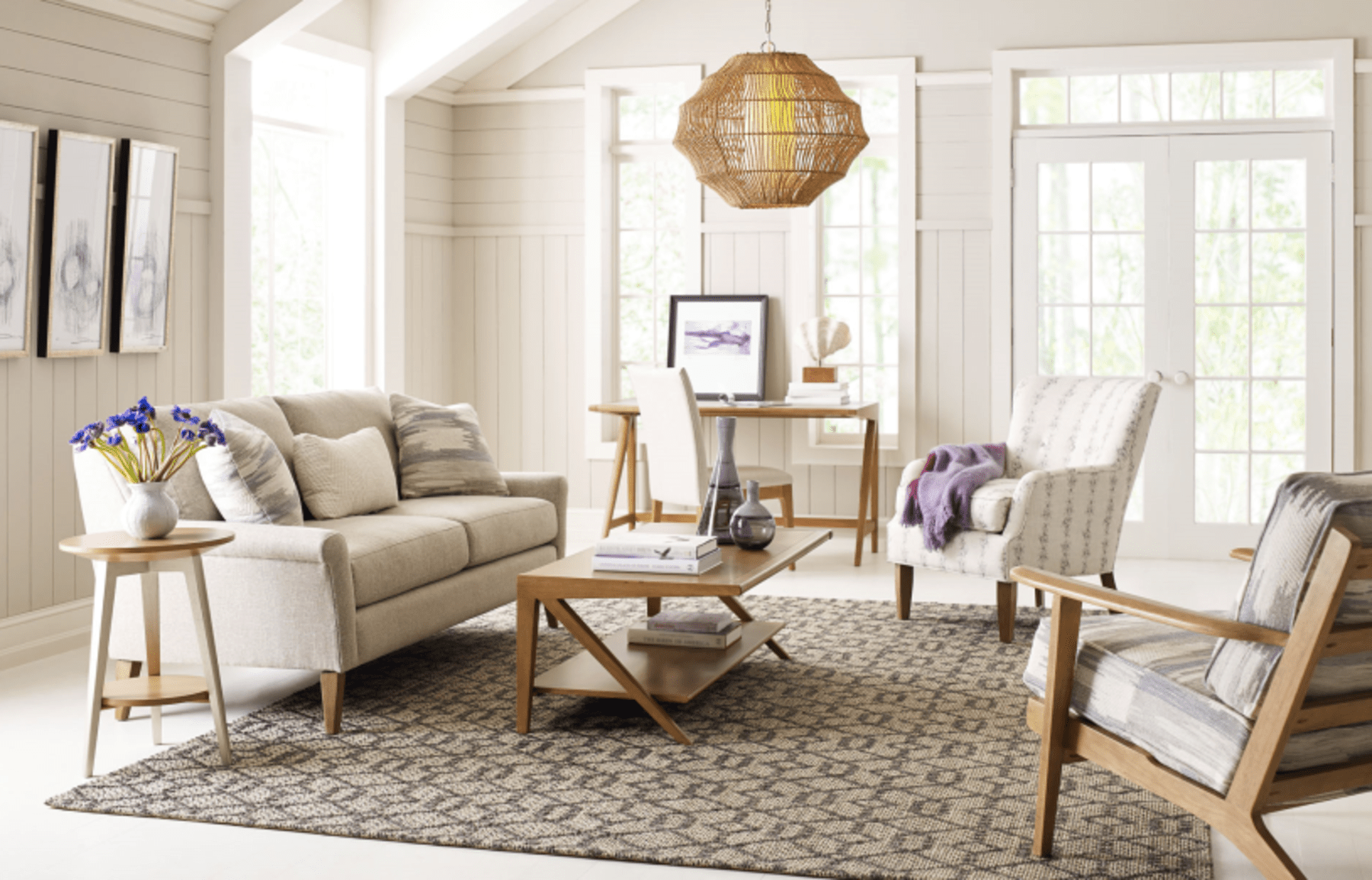Determining the difference between interior design and interior architecture seems challenging to many. Yet, it came easy to me as I’ve collaborated with these professionals. I’ve gained an extensive understanding of these nuances. I’ll explain and provide a better perception of these two disciplines in this article.
Difference Between Interior Design and Interior Architecture
I’ll start by breaking down the primary differences between these two. This way, I lay the foundation for our discussion.
The line between these two disciplines can sometimes become blurred. So, it’s essential to grasp their unique perspectives and areas of focus.

The Designer: Art of Aesthetics
Mainly, designers work around the aesthetics and functionality of a space. It’s akin to creating a visual narrative within an area where furniture and decorative elements come together.
Designers like me are the artists who make a room come to life. Consider us as storytellers of a room. I use my expertise to curate an ambiance. It’s something that resonates with the client’s preferences.
I remember working on one project. The client wanted their restaurant to have a warm, rustic ambiance. I selected the suitable materials, colors, and furnishings to create that cozy atmosphere. My expertise brought the vision to life.
Interior Architecture: The Structural Transformation
Notably, the architecture side delves deeper into the structural aspects of spaces. It focuses on reconfiguring or altering the layout of a room, building, or structure.
These space architects ensure that the area is pleasing and structurally sound. Their work encompasses spatial planning, lighting, and acoustics. It delves into the architectural elements, which include:
- walls
- ceilings
- floors
- structural components
These professionals often collaborate with architects and engineers. They ensure that a space is not only visually appealing. It should also be safe, functional, and compliant with building codes and regulations.
Witnessing Interior Architecture Works in Action
I’ve seen these internal space architects plan the layout of commercial buildings and offices. They create the blueprint for the structure. Mainly, they’re responsible for deciding where to place walls and how to connect rooms. It’s only a tiny part of their challenging tasks.
Being a space architect demands a keen eye for detail. Also, it requires a solid grasp of architectural principles.

Difference in Education and Training
In my years working in the field, I’ve appreciated the expertise required in both disciplines. These professions demand a deep understanding of one’s respective domains.
Both professions often undergo specialized education and training. It’s essential to excel in respective roles.
Interior Architects
They need to be well-versed in architectural principles. Their expertise extends to structural engineering and building codes. They must translate a client’s needs into a functional space while adhering to safety regulations.
These professionals can visualize three-dimensional spaces. Also, they understand how to use them, which is crucial in this field.
The Structural Visionaries
They are like architects for the inside of a building. Their job starts with a blank canvas and envisions optimizing the space’s layout.
At the same time, they need to ensure safety and building regulations. Their work often involves structural modifications, such as removing walls. Sometimes, they need to reconfigure spaces to enhance flow and functionality.
Interior Architect’s Challenges
These experts present their own set of challenges and intricacies:
- Building Codes and Regulations: They need a profound understanding of these complexities. It’s to ensure that their designs meet all legal requirements.
- Space Optimization: Maximizing space, ensuring efficient layouts, and adhering to safety regulations can be complex. They must plan every detail to avoid structural issues.
- Material Selection: Aesthetics are not their primary focus. Yet, internal architects still play a role in selecting materials. These materials should align with the design concept. Also, they must ensure these are durable and meet safety standards.

Interior Designers
In this profession, a strong sense of creativity is a must. It’s important to have an eye for aesthetics and the different interior design principles. Also, you must understand color theory and design principles.
In addition, you must stay updated on the latest craze in furniture, fabrics, materials, and developments in interior design trends. This way, you can create contemporary and beautiful places.
Moreover, communication skills are vital. You often collaborate closely with clients to understand their preferences and requirements.
The Artistic Touch
Interior designers are like painters. Their brushes and paints include furniture, color palettes, lighting, and decorative elements. Designers transform blank canvases into masterpieces, making interior design very important.
You ensure that every element complements the aesthetic in a space. Personalization is pivotal in designing spaces.
Our Challenges
Designing a space may seem straightforward. Yet, it’s a multifaceted discipline with its own set of challenges:
- Trends and Personalization: Keeping up with design trends while catering to individual client preferences. These can be tricky. You must find the right blend.
- Balancing Aesthetics and Functionality: It’s one of our primary challenges. You need to strike the right balance between aesthetics and functionality. A space that is beautiful must also be functional.
- Budget Constraints: Managing budgets is another critical aspect of designing an area. Designers must make creative choices to achieve the desired look. Yet, you must do it without breaking the bank.
The Intersection: Design Meets Architecture
While interior design and interior architecture have distinct roles, they often intersect. This intersection leads to some of the most innovative and holistic spaces. When these two collaborate, the results can be remarkable.
These architects for an internal space provide the structural framework. Meanwhile, designers infuse life and personality into it. This synergy ensures that a place is well-constructed. It’s visually appealing and comfortable.
An effective collaboration between these two can solve complex design challenges. It delivers a place that is functional and pleasing to the eye.
An Example Where These Two Merge

Consider a high-end hotel lobby. It’s an ideal example of where architecture and design work for a space merge. The interior architect ensures the layout is efficient. Also, the structural elements are sound, meeting safety standards.
Meanwhile, the designer selects the furniture, lighting, and decor. They should align with the hotel’s brand. Also in consideration is that they provide guests with a luxurious experience.
Architecture and Design: The Collaborative Synergy
The distinction between these two disciplines is evident. Still, magic happens when they work together. The collaborative synergy between them offers the following:
- Efficient Planning: Interior architects bring spatial planning expertise to the table. They optimize layouts for efficiency and safety. On the other hand, designers optimize the space aesthetically. The designer works on making it comfortable and pleasant to the eye.
- Functional Beauty: By working together, interior architects ensure that a place is sturdy and functional. Meanwhile, designers enhance these areas with aesthetics.
- Holistic Design: This collaborative project results in holistic designs. These two consider every aspect of a space. It’s from structure and layout to furnishings and decor. The holistic approach ensures the place is both practical and appealing.
- Innovation: The collaboration of these two disciplines often leads to innovative solutions. It brings unique design concepts that push the boundaries of what’s possible.
Collaboration Challenges
While beneficial, collaboration of these two disciplines can also be challenging:
- Communication: Effective communication between interior architects and designers is essential. It’s to ensure that the design concept aligns with the structural plan.
- Balancing Priorities: Sometimes, conflicting priorities may arise. For example, a designer might have a vision that requires structural changes. It can impact the project timeline and budget.
When to Engage Interior Architects or Designers
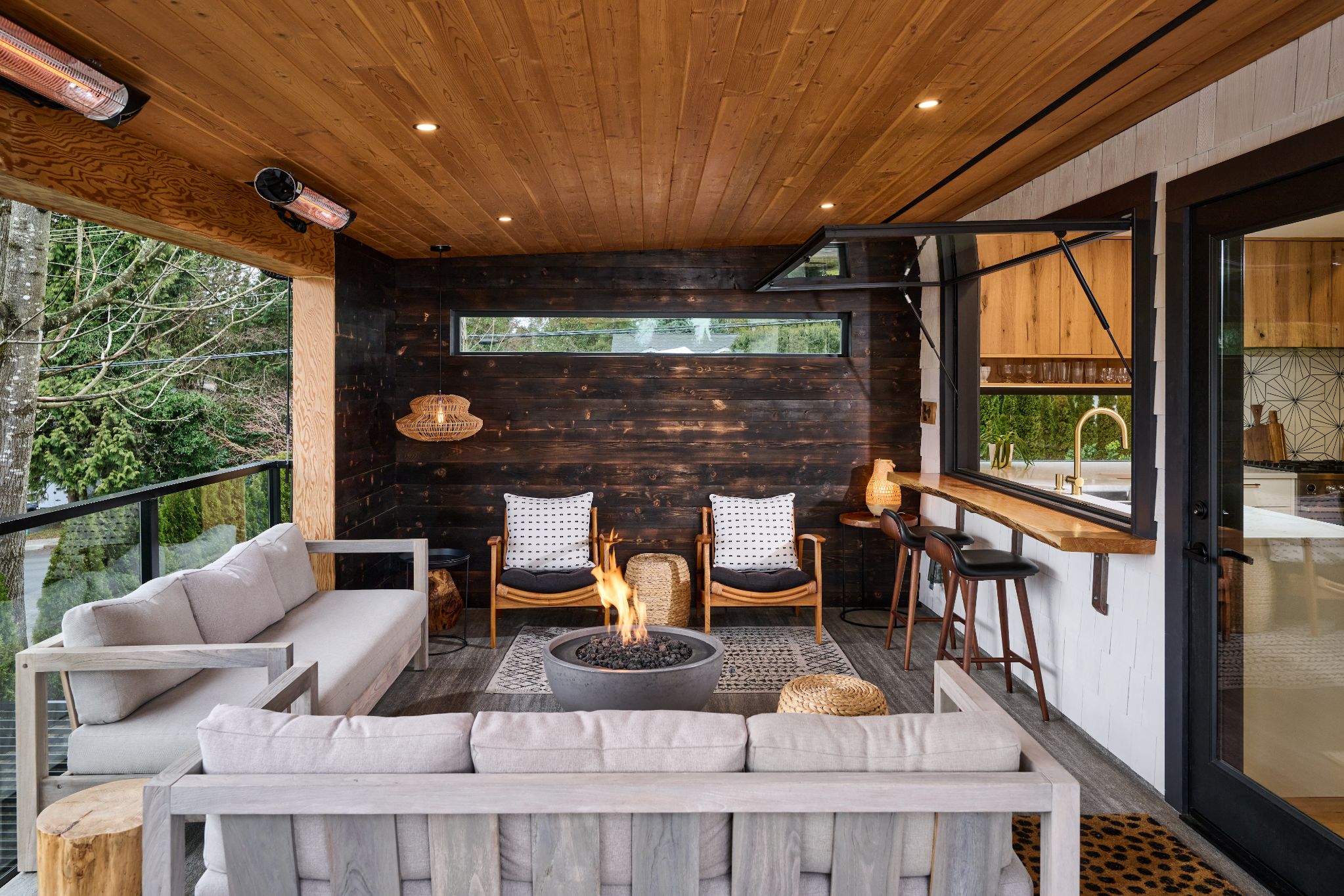
Understanding when to engage between the two is crucial. It can dictate the success of a project. Here are some scenarios for guidance:
Engage an interior design North Vancouver when:
- The goal is to enhance the aesthetics and style of a space
- The work entails color schemes, furnishings, and decor
- Looking to create a cohesive design concept
- The project involves a renovation or decoration
Engage an interior architect when:
- There is a need for structural changes in a space
- Planning a significant remodel that involves altering the layout or structural elements
- The work needs expertise in space planning and optimization
- The project is a commercial space or involves complex spatial requirements
Frequently Asked Questions
How Do Interior Architects Contribute to a Project Compared to Interior Designers?
Interior architects contribute to a project by focusing on creating safe internal environments. They work on space planning and safety regulations, ensuring the space is safe. Meanwhile, designers focus on the visual aspects like furniture selection and decor.
Can Designers Engage in Architectural Tasks of a Space?
Yes, designers can engage in interior architecture to some extent. They often collaborate with architects on working with spaces. Yet, their primary role remains focused on enhancing the aesthetics of those spaces. This is why if you want your interior design to change a room’s mood, a designer is you need.
What Is the Main Distinction Between Interior Design and Interior Architecture?
The primary difference lies in their focus. Designers deal with aesthetics. Meanwhile, interior architecture encompasses structural and spatial elements of a space.
Conclusion
The difference between interior design and interior architecture is a matter of specialization. Understanding these unique roles helps us make informed decisions when starting space projects. Equipped with this knowledge, it empowers collaborating with the right professionals. It ensures bringing our vision to life.



